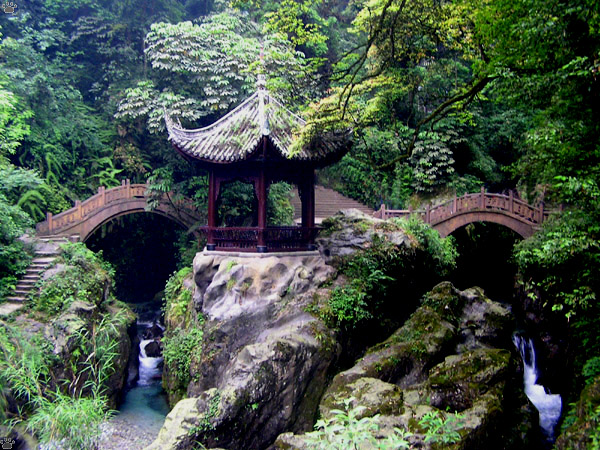
Trail up Mt. Emeishan.
Part 5. Emeishan
Emeishan is an isolated mountain range in Central Sichuan. At 3100 m, it is the highest sacred mountain with a paved trail to the summit.
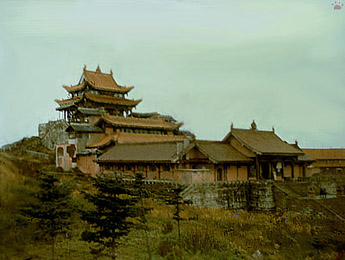
Summit of Emeishan, 1993. |
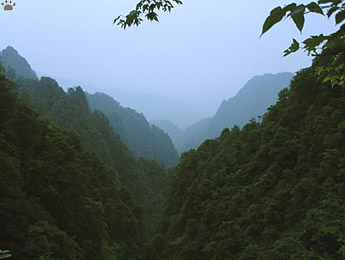
Forest at 1500 m, Emeishan. |
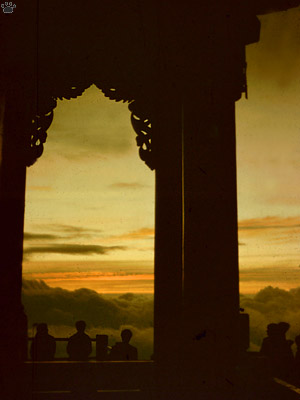
Sunrise on Emeishan. |
Pilgrims (including some very old people) still climb 10,000 steps from the base of the mountain at 400 m. Others take buses to 2540 m, and then a cable car. Most visitors try to get to the summit at dawn to watch the sun rise above layers of clouds. |

Summit view, Emeishan. |
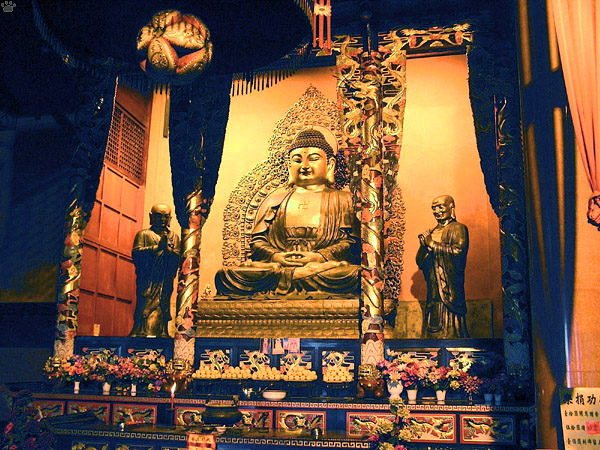
Trailside temple, Emeishan. |
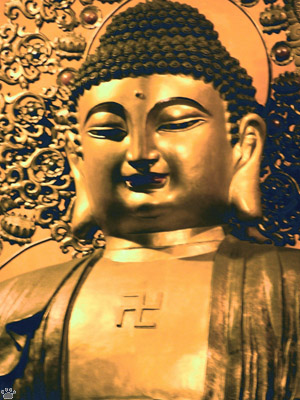
Golden Buddha statue inside a temple. |
Scattered along steep trails are ancient temples, surrounded by forests where no tree has been cut for two thousand years. Firs, cypresses, podocarps, hemlocks, davidias, phoebes, horse chestnuts and other trees reach 50 m or more. |
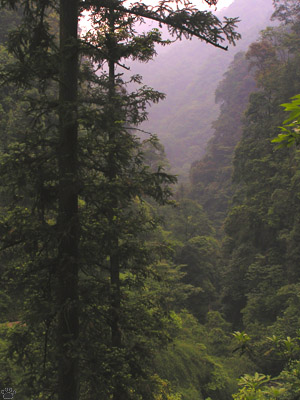
Forest of giant Cunninghamia lanceolata trees. |
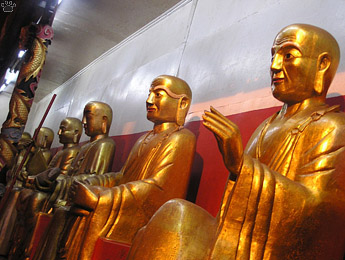 |
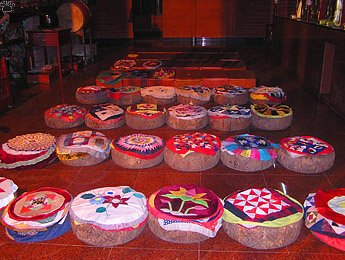 |
| Inside a temple, Emeishan. |
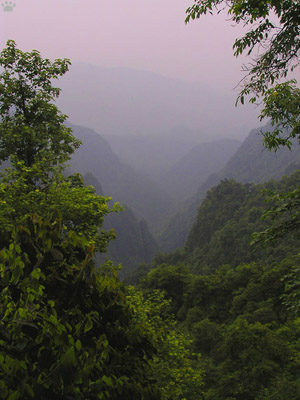
Rainforest at 1000 m, Emeishan. |
What makes Emeishan so unique is its size - both horizontal and vertical. In one day you can hike from stunted forest at timberline to almost-tropical rainforest in the foothills. It is one of the most biologically diverse places outside the tropics. |

Spring at 3000 m, May 22, Emeishan. |
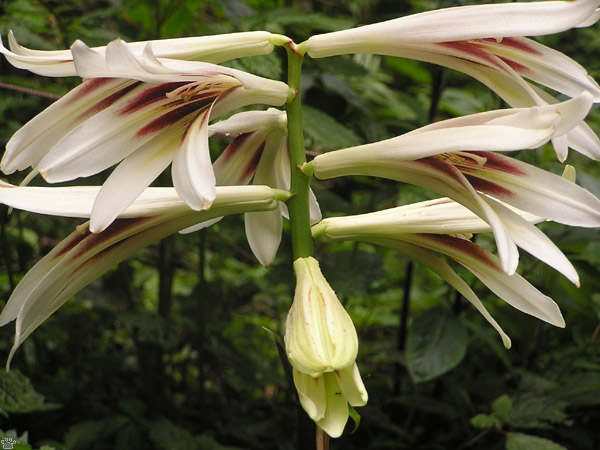
Cardiocrinum sp., Emeishan. |
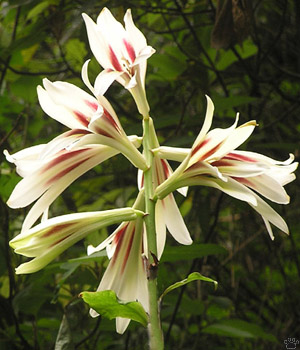
Cardiocrinum sp., Emeishan. |
Almost a hundred species of plants and a few dozen animals have been described from Emeishan, and many live only here. Two species of birds and one species of snake are named after the mountain. |
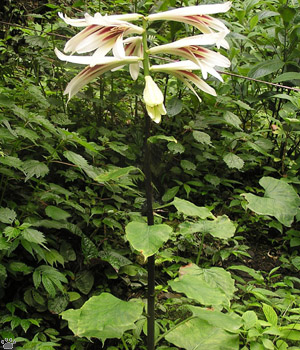
Cardiocrinum sp., Emeishan. |
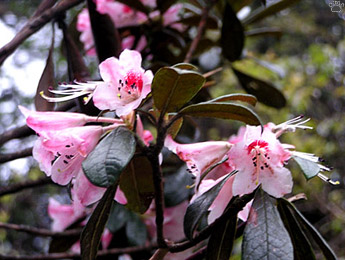
Rhododendron, Emeishan. |
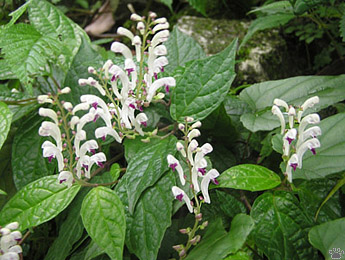
Unidentified plant, Emeishan. |
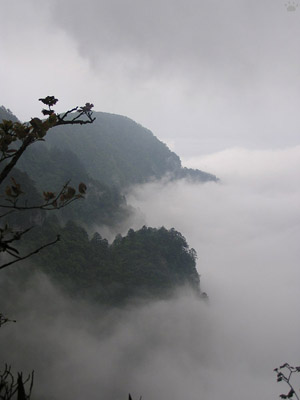
Emeishan. |
Enjoying this vertical paradise ain't easy. The steps put a lot of strain on your legs. At night, when only animals and naturalists use the steps, descending a steep trail and watching the lights of Sichuan Plain far below can get a bit scary. And it can rain for days here. |
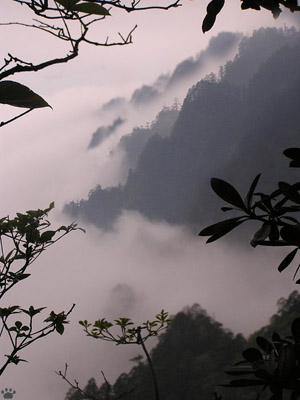
Emeishan. |

Skimmer, Emeishan. |
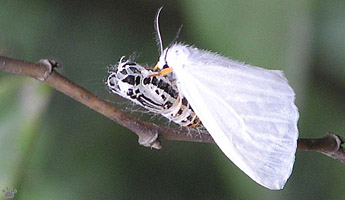
Moth emerging from a pupa, Emeishan. |
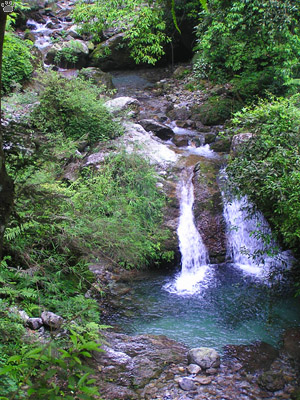
Forest river, Emeishan. |
There are few trails away from the main climbing route. But, thanks to the paved road, portions of the main route between 750 and 2500 m see relatively few visitors. In early morning, you can enjoy an absolute solitude, and even swim in clear mountain streams. |

Chestnut tigers (Parantica sita), Emeishan. |
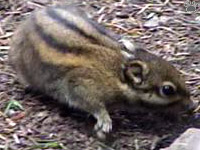 |
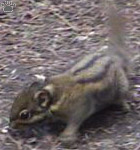
|
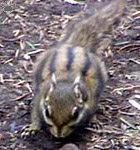
|
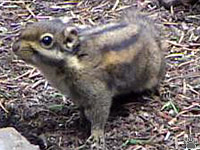 |
| Swinhoe's squirrel (Tamiops swinhoei), Emeishan. |
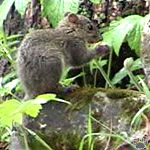
Red-nosed squirrel (Dremomys
rufigenis), Emeishan. |
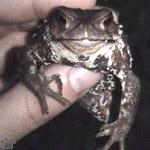
Bufo toad, Emeishan. |
Emeishan is one of those places you have to visit in all seasons. I've been there in spring and in summer; and I'll do my best to get there in the fall and in winter, too. |
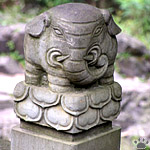
Elephant, Emeishan. |

Chinese rock squirrel
(Sciurotamias davidianus). |
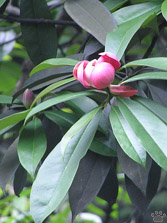
Magnolia, Emeishan. |
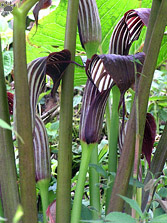
Arisaema, Emeishan. |
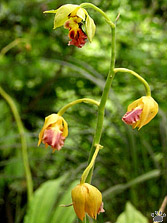
Orchid, Emeishan. |
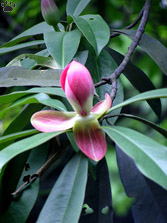
Magnolia, Emeishan. |
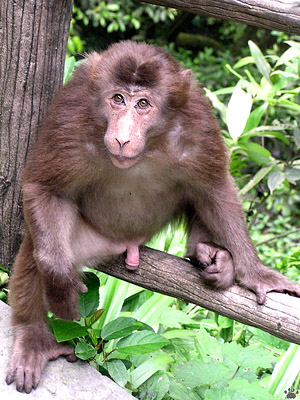
Tibetan macaque (Macaca thibetana), Emeishan. |
Like mot of China nowadays, Emeishan is a very safe place to explore. Of course, you have to be sufficiently sure-footed. And don't let the monkeys intimidate you. They almost never attack, but often pretend to, scaring tourists into feeding them. |
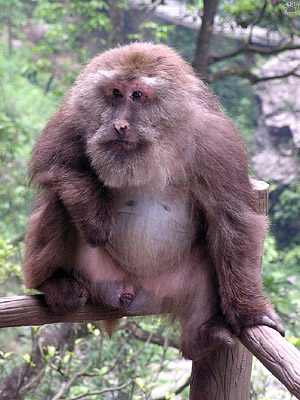
Tibetan macaque, Emeishan. |

Beetle, Emeishan. |
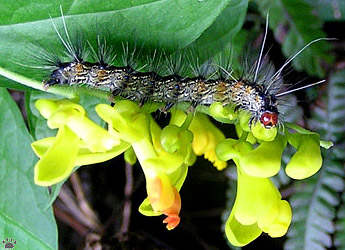
Caterpillar, Emeishan. |
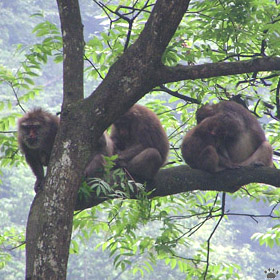
Papilio maackii, Wuyishan. |
If you are coming from the flat, overpopulated, heavily polluted plains of Eastern China, Emeishan is your first introduction to what awaits ahead - by far the best part of the country. The next few pages explore the wonders of that fascinating world. |
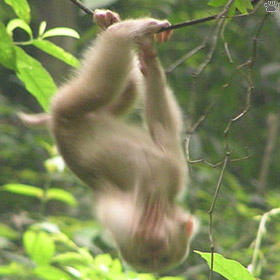
Papilio hoppo, Wuyishan. |
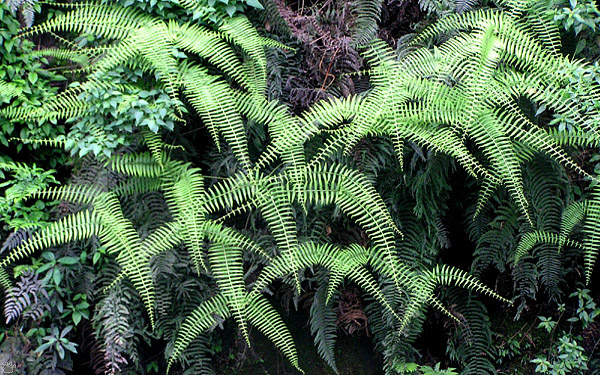
Ferns, Emeishan. |
Part 6: Wolong
Back to Part 4
Home
|